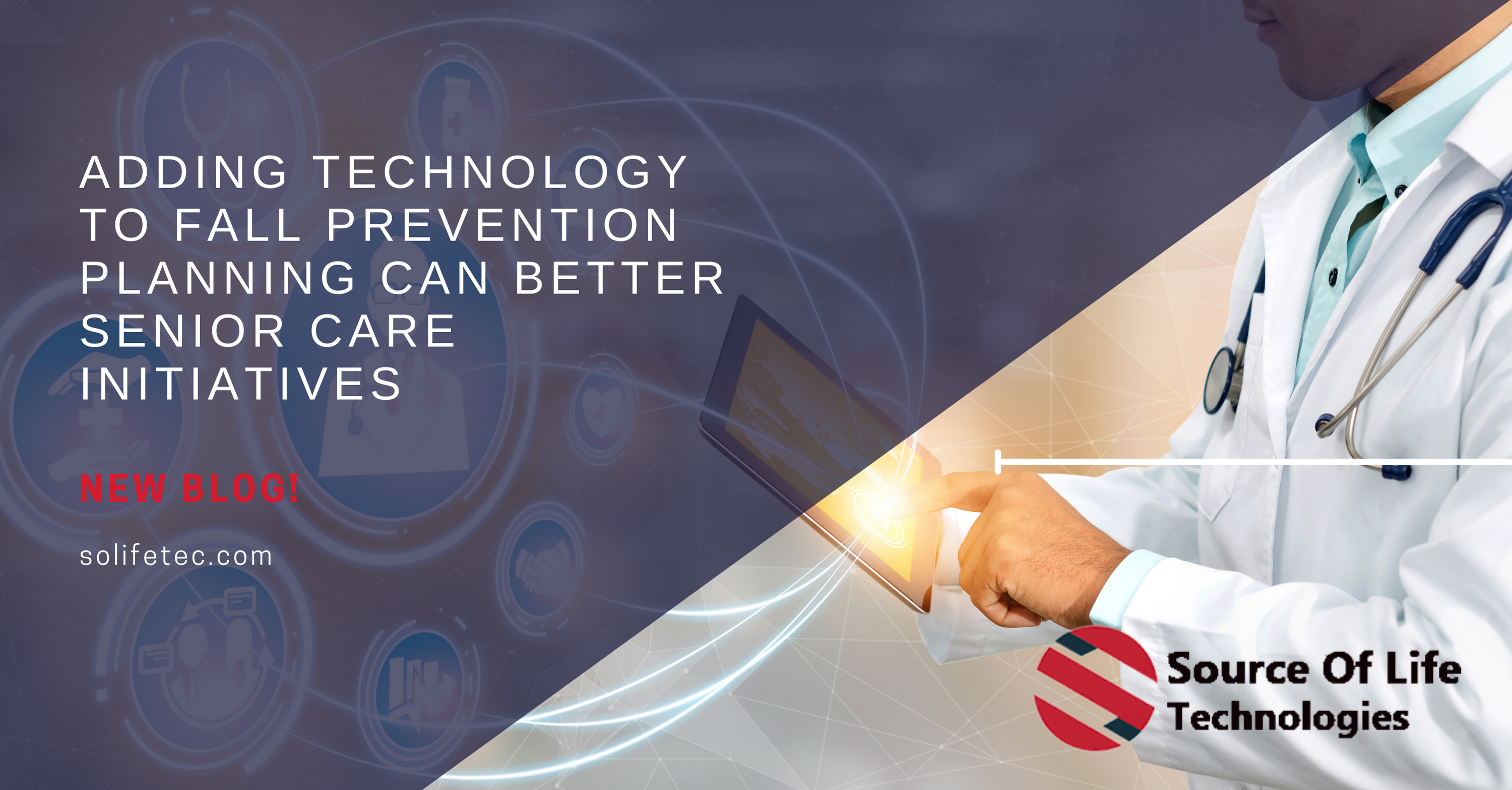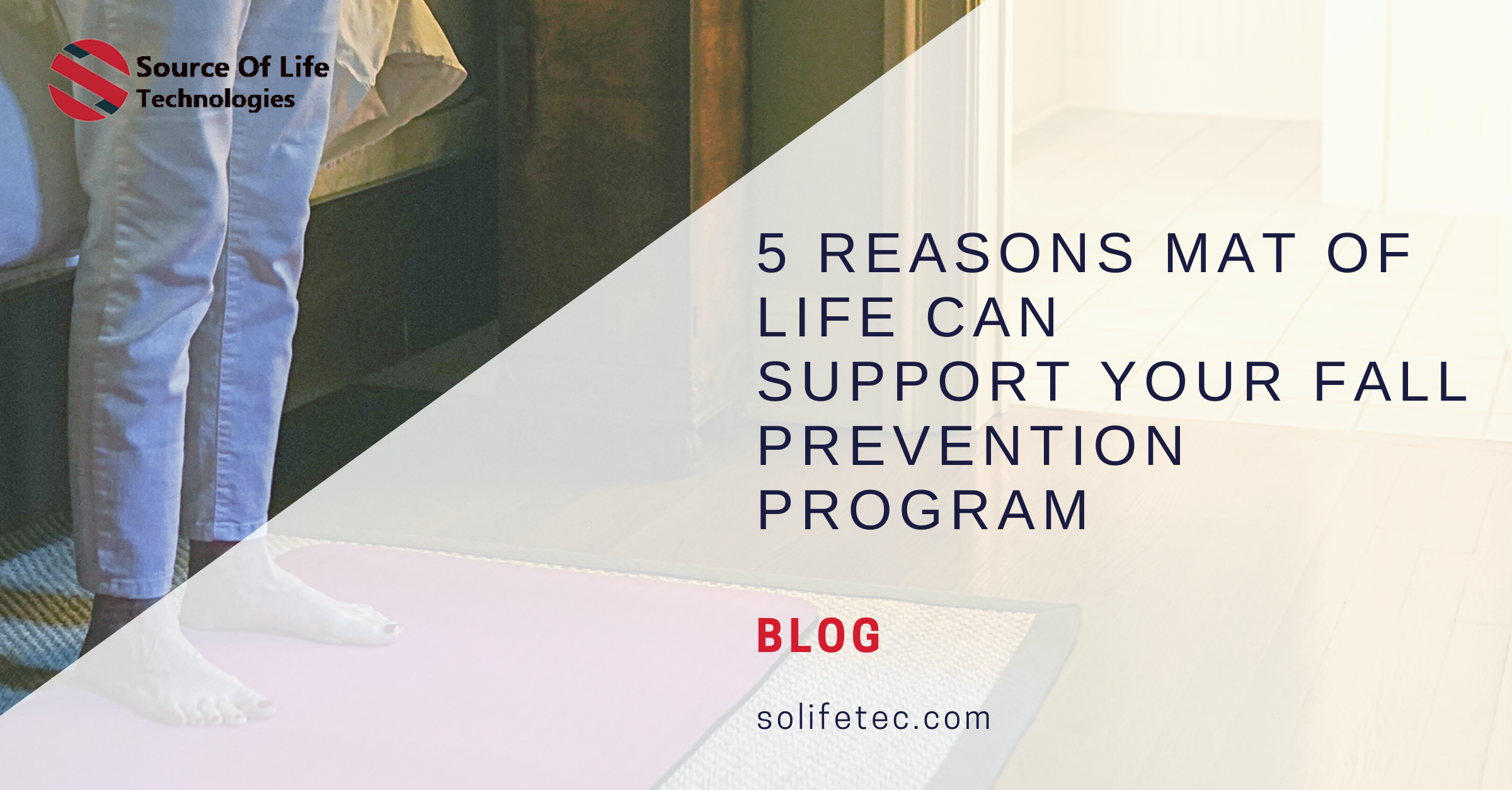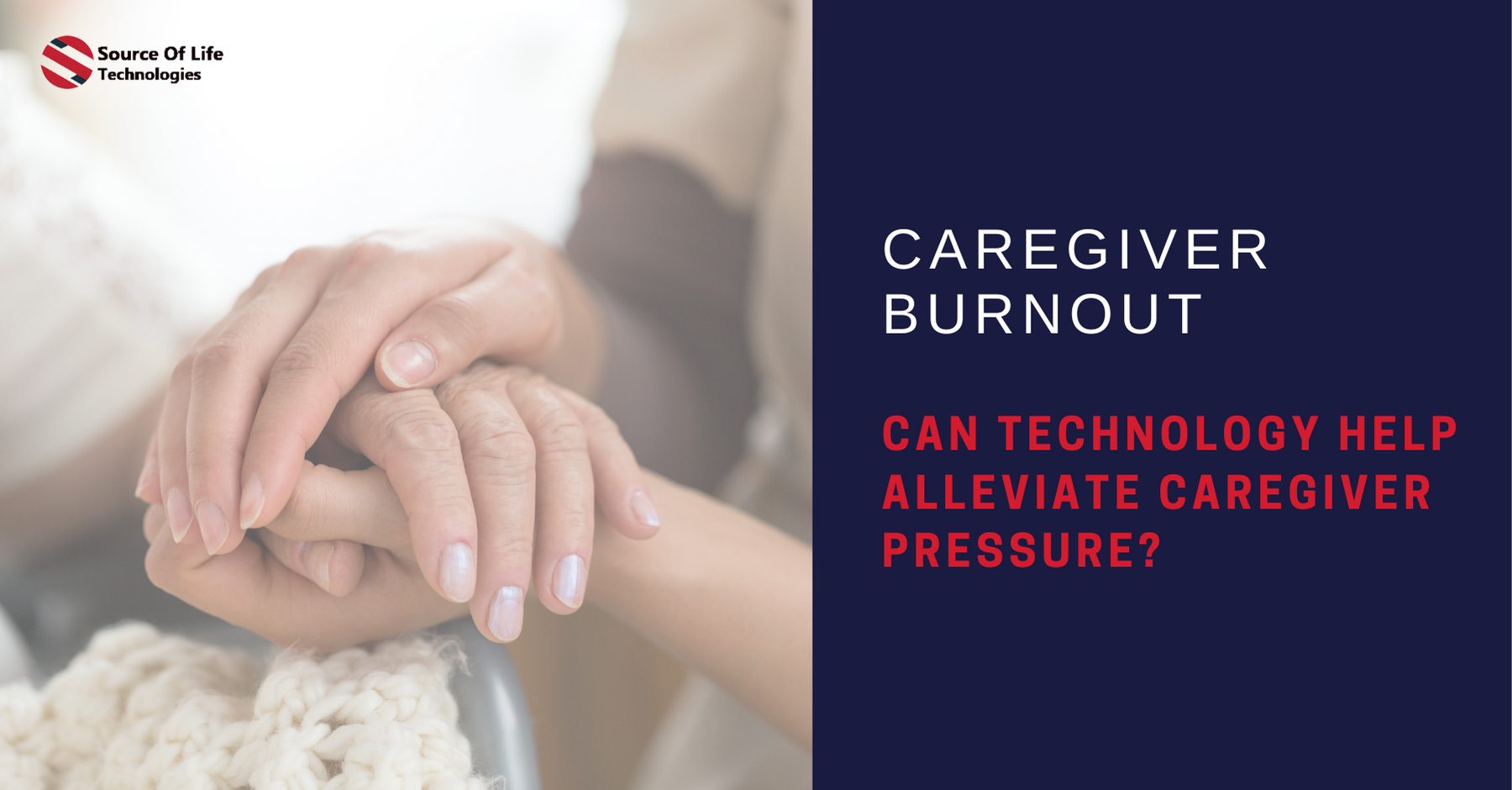Adding Technology to Fall Prevention Planning Can Better Senior Care Initiatives

According to the National Council on Aging, 1 in 4 Americans over the age of 65 fall each year. Falls are common, costly and preventable. Those who endure falls are often left to manage injuries that affect their quality of life, independence and add fear and anxiety to mobility.
If you’re like most healthcare professionals or caregivers, you may be relying on the same fall risk strategies for years. Between confining bed rails, mats for simply reducing injury, or alert systems post-fall, a lot of a caregiver’s day can be wasted on reactivity versus proactivity. Fall mitigation is number one for healthcare teams and it can be a daunting process to continuously and manually review from all caregiving perspectives in a timely and comprehensive manner.
Fall safety is first and foremost about communication and risk analysis between ALL caregivers and the patient. It can be intimidating to add new technology to the equation, especially if the thought of adding a new intervention involves training. However, fall mitigation will continue to rank high as falls remain the leading cause of fatal and nonfatal injuries among older adults, according to the Centers for Disease Control and Prevention and National Center for Injury Prevention and Control.
Here are a few steps your healthcare team, caregivers and family can consider as they work to bring technology and peace of mind into a fall strategy program:
- Make modernizing and streamlining your fall prevention strategy a goal for the entire plan of care team. Remote patient monitoring has become a possibility.
Ask around for buy-in from caregivers on the plan of care team to ensure all voices – and concerns – are heard. By adding technology, there is an opportunity to create ease of access to monitor, track and therefore address patient needs before falls happen. Establishing an open line of communication out of the gate will ensure complete knowledge for all people involved. - Design your process to focus on data compilation.
In the first step, you asked around to see what people in your plan of care team will need to be aware of regarding the patient. Now, it’s time to take this feedback and build your online fall monitoring solution. - Get your team comfortable with this new method of fall monitoring and communicating.
Often, people are intimidated or nervous about implementing new technology because they don’t know how to use it. Change is hard to accept and implement. It’s critical to get your caregiving team up and running with your new solution right out of the gate to overcome this uncertainty and show them the value of the technology you’ve put in place. When people see how new technology will help them monitor, track, and analyze their fall risk procedures, they’re going to be on board with the changes.
- Share your new plan.
Your patients and staff are tired of restrictive and reactive strategies. Let prospective patients know about your proactive, engaging methods for fall risk analysis and prevention. Simply put, modernizing your fall risk strategy with technology can provide peace of mind to your entire caregiving team. - Always strive to be better.
The greatest part about investing in a new modern solution is that you can constantly add on, grow your fall risk strategy functionality, or change as needed. Your caregiving team may notice changes in patient gait, stability, or independence and work together to address ongoing patient needs. Soon, your entire healthcare team can be engaging with added ease.
Want to learn more?
The decision to modernize your fall strategy system doesn’t happen overnight. Talk to the Source of Life Technologies team for the guidance and direction you need to make the change in your organization.
Falls in the senior community are far too common, costly, and preventable. Senior care fall strategies shouldn’t be reactive - they should be proactive. Just imagine if you could monitor, track, and address patient needs BEFORE a fall happens. This type of fall prevention initiative is available with Source of Life Technologies - Mat of Life - your modern fall prevention solution.
You can learn more about Mat of Life here.

